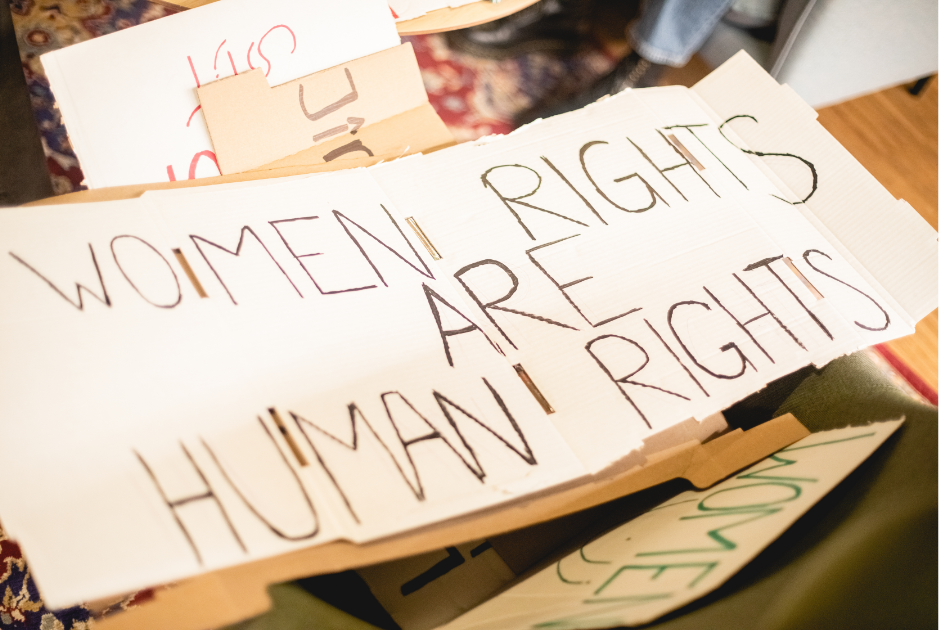A high school English teacher quit her job to run a food truck. But this isn't an ordinary one.
Food trucks deliver amazing grilled cheese sandwiches, tacos, and donuts. And also social change.
What if we could help people who have been released from prison actually stay out of prison?
That's exactly what Drive Change is working hard to accomplish. NationSwell featured the nonprofit in a short video, which you can scroll down to watch.
Drive Change builds and operates food trucks.
Jordyn Lexton, Drive Change's founder, used to teach high school English to incarcerated 16-, 17-, and 18-year-olds — all of whom were convicted as adults — at Rikers Island in New York. When she saw how bleak the future looked for them once they were released from prison, she decided to do something about it.
She left teaching behind and started the nonprofit. What makes the organization special is that it hires formerly incarcerated youth to operate the trucks, giving them an opportunity to earn money and gain job skills. Both of these things help keep people who have been incarcerated from returning to prison.
The Snowday food truck, Drive Change's first, makes $15,000 a month.
The profits are put right back into Drive Change, which hopes to expand its operations to help more people. Drive Change's eight employees, all of whom start at $11 an hour, operate the truck, selling food inspired by maple syrup. (Yum!)
"Our plan is hopefully to make this a national model ... because unfortunately, there is not a shortage of formerly incarcerated youth across the country."
— Drive Change head chef Roy Waterman
Awesome, right?! This is a case of someone seeing a problem, coming up with a solution, and taking action.
And the problem is quite big.
The U.S. has the highest percentage of its population incarcerated in the developed world.
That's a daunting fact. But you know what's even more daunting? Department of Justice statistics show that over 75% of people who are released from prison end up right back there within five years.
In New York, 16- and 17-year-olds are automatically sentenced as adults. 70% of NYC teens reoffend within three years of release.
And this is exactly why programs such as Drive Change are so important. Imagine how much that 70% figure could be reduced by offering them job opportunities, skills, and hope.
You can watch this video to see how Drive Change is making a difference.
Individuals like Fred Coleman have a much brighter future thanks to Drive Change!





 What was I doing again?
What was I doing again? A space waitress at work.
A space waitress at work.  Waking Up Funeral GIF
Waking Up Funeral GIF Rihanna Nails GIF
Rihanna Nails GIF Yoga pants.Image via Canva.
Yoga pants.Image via Canva. Our natural lashes are nice just the way they are!
Our natural lashes are nice just the way they are! One step forward, many steps back. Image via Canva.
One step forward, many steps back. Image via Canva.  Homelessness is especially rampant on the West Coast.Image via Canva
Homelessness is especially rampant on the West Coast.Image via Canva